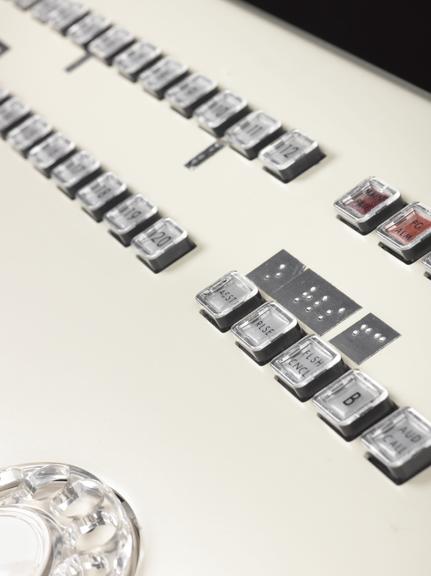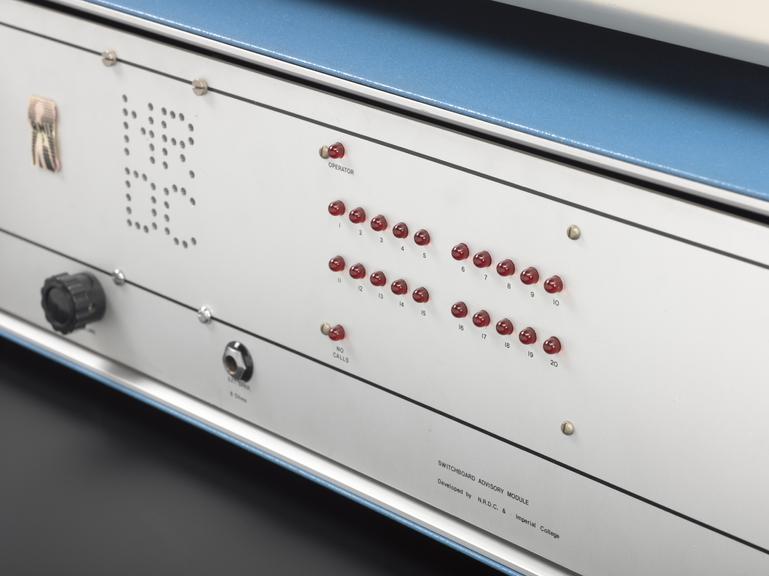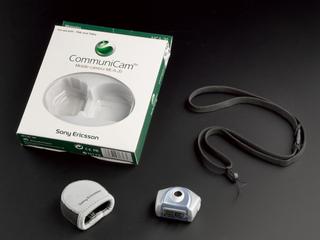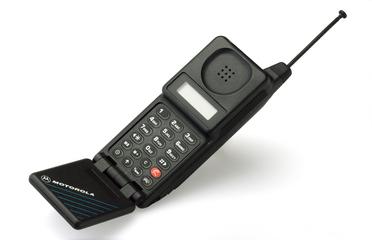PABX7 switchboard from telephone exchange for use by blind operators, 1977
Standard PABX7 switchboard, used with specially designed interface for blind operators, made by Post Office Telecommunications, British, 1977.
More
In 1977, a project was begun at Imperial College, in partnership with the Royal National Institute for the Blind, to develop an interface unit that would allow blind telephone operators to use modern telephone exchanges. Previously, blind operators had relied on touch, with the standard flashing lights of a telephone exchange unit being replaced with pins that would protrude to indicate different functions. However, this was proving inadequate for the levels of information being made available by telephone exchanges. A new interface unit was designed by Graeme Wood, a post-graduate student at Imperial College, which instead gave basic audio instructions to blind operators. This set was the pioneer equipment that was installed at the Royal National Institute for the Blind.
- Measurements:
-
overall: 175 mm x 500 mm x 260 mm, 9.31 kg
- Materials:
- metal (unknown) , paint , wood (unidentified) , plastic (unidentified) and copper (alloy)
- Object Number:
- 1989-816/1
- type:
- switchboard
- Image ©
- The Board of Trustees of the Science Museum












